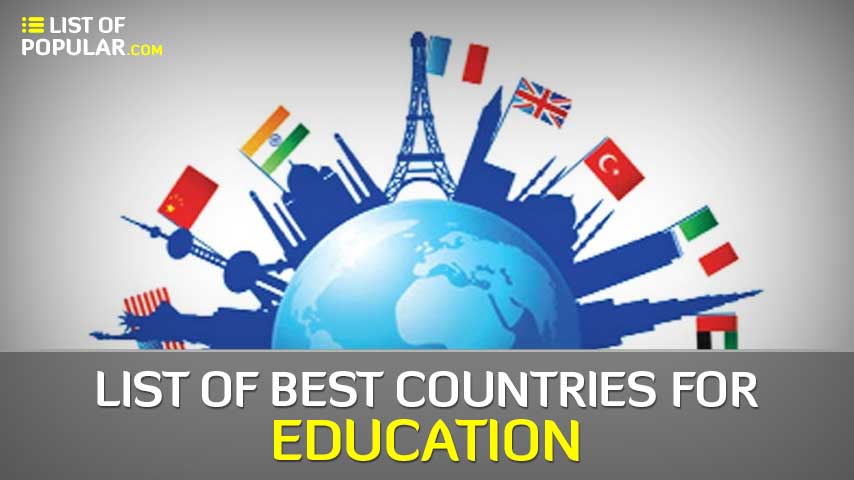The Education in the United States is provided and controlled primarily by three levels government different federal, state and local. Public schools generally are administered by school districts, which are administered by school councils whose jurisdiction is generally, but not always, coexisting with the boundaries of a city or county. Educational standards are the responsibility of the fashion departments of each state.
2. United Kingdom

The education system in the United Kingdom is characterized by significant differences between the different countries of the United Kingdom (England, Wales, Scotland, Northern Ireland) and the fact that the system is semi-privatized.
3. China
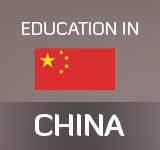
The school system in the People's Republic of China includes preschools, primary schools and secondary schools, which are attended for a total of at least nine and a maximum of twelve years, as well as universities. In addition to the public schools, an extensive network of private schools has emerged in the People's Republic of China.
4. Germany
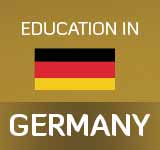
The German educational system has been highly praised throughout history. However, the most recent PISA studies have shown that separating children at such a young age is not positive for their academic performance. The score achieved by Germany has left much to be desired and has been the subject of great discussions between politicians, media and parents of Sinapsis.
5. Canada
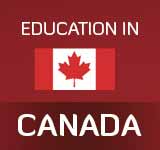
In each province there is a school council that oversees education services and the implementation of educational programs. Education is mandatory for Canadian residents up to the age of 16 in all provinces in Canada, except for Ontario and New Brunswick, where the age is mandatory to 18 years.
6. France
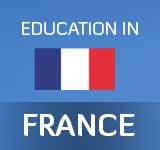
The school system is over 90 percent operated by the public sector. In higher education, non-governmental organizations are more strongly represented in the Grandes écoles. The administration of schools and colleges takes place mainly through the 30 academies. These can be considered as a counterpart to the regions in the education system. The educational system there is based on the principle of secularism.
7. Australia
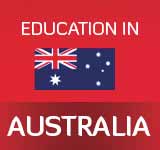
The educational system in Australia is essentially the responsibility of the states and the territories, not the federal government. It follows the three-tier model which includes the primary education, followed by secondary education (middle school/high schools and colleges) and higher education (universities and/or TAFE Colleges Universities and Higher Institutes of Technical Education).
8. Russia
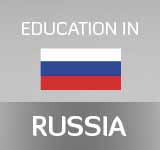
The education system in Russia includes the schools and colleges of the country. It is divided into four sections: General Education, Vocational Training, Higher Education, and Postgraduate Education.
9. Japan
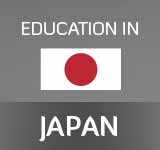
The school year starts in April. Teaching and learning activities take place from Monday to Friday (public schools) or Saturday (private schools). One school year is divided into 3 quarters separated by short spring and winter holidays, and a longer summer vacation. The duration of school holidays depends on the climate in which the school is located. In Hokkaido and places that are heavily snowing, winter holidays are longer and summer holidays are shorter.
10. Spain
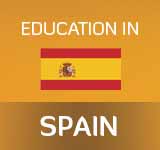
The Spanish education system is characterized by two major characteristics: its strong decentralization, due to the administrative organization of the country, and the important part of denominational private education.

